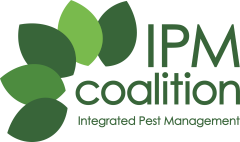Pesticides in the Prohibited List are not used.
This includes pesticides that are:
Listed under the Stockholm Convention, Rotterdam Convention or Montreal Protocol; or which meet the criteria of the Conventions and are recommended for inclusion by the respective Conventions’ Chemical Review Committee.
OR
In one of the three most acutely toxic classifications via ingestion, skin contact or inhalation, or known carcinogens, classified by national or international regulatory agencies.

